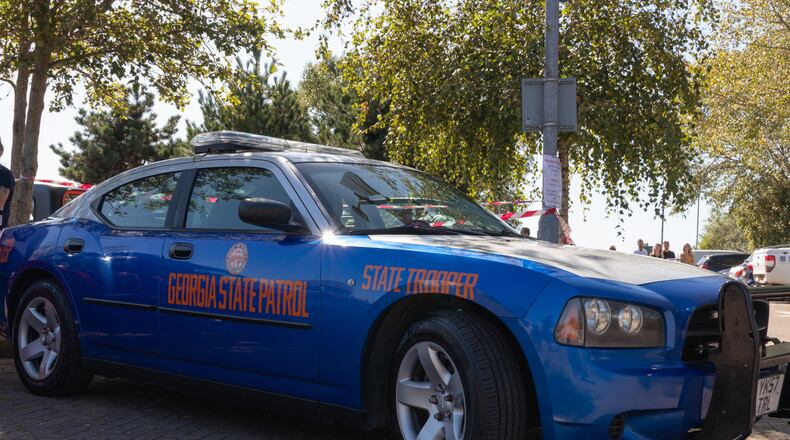The Precision Immobilization Technique (PIT) is a law enforcement tactic widely taught as an anti-terrorist driving maneuver.
The technique calls for a pursuing officer to use his front bumper to touch the suspect’s rear bumper, which causes the car to spin and then come to a halt.
According to BSR, a private training facility in West Virginia that works with U.S. military and law enforcement personnel, the technique was originally developed by Germany’s federal police to give security details the ability to take out a car that was threatening a convoy.
In 1985, the maneuver was developed by the Fairfax County, Virginia, police department in order to end pursuits with little danger to police or the general public.
According to The Intercept, this is how it is supposed to work: an officer pulls alongside a fleeing vehicle so that the officer’s front bumper is just ahead of the other vehicle’s back bumper. The officer matches the fleeing driver’s speed, gently touches — not rams — the other vehicle, and then makes a quick quarter turn of the wheel toward it. The other car then spins out safely to a stop.
According to California Highway Patrol instructions, “The key to proper execution of the PIT is finesse. Ideally, the initial contact with the subject vehicle should be so gentle the operator of the subject vehicle is not aware that contact has been made.”
Officers are generally trained on closed roadways at speeds between 25 and 40 mph. The PIT is now used by agencies throughout the U.S., and if used correctly at slow speeds and in the right circumstances — little traffic, no bystanders, open road — it can be an effective and predictable method to cut short pursuits and save lives.
At high speeds, it becomes a deadly force technique, a way to stop a driver at all costs.
About the Author
The Latest
Featured



